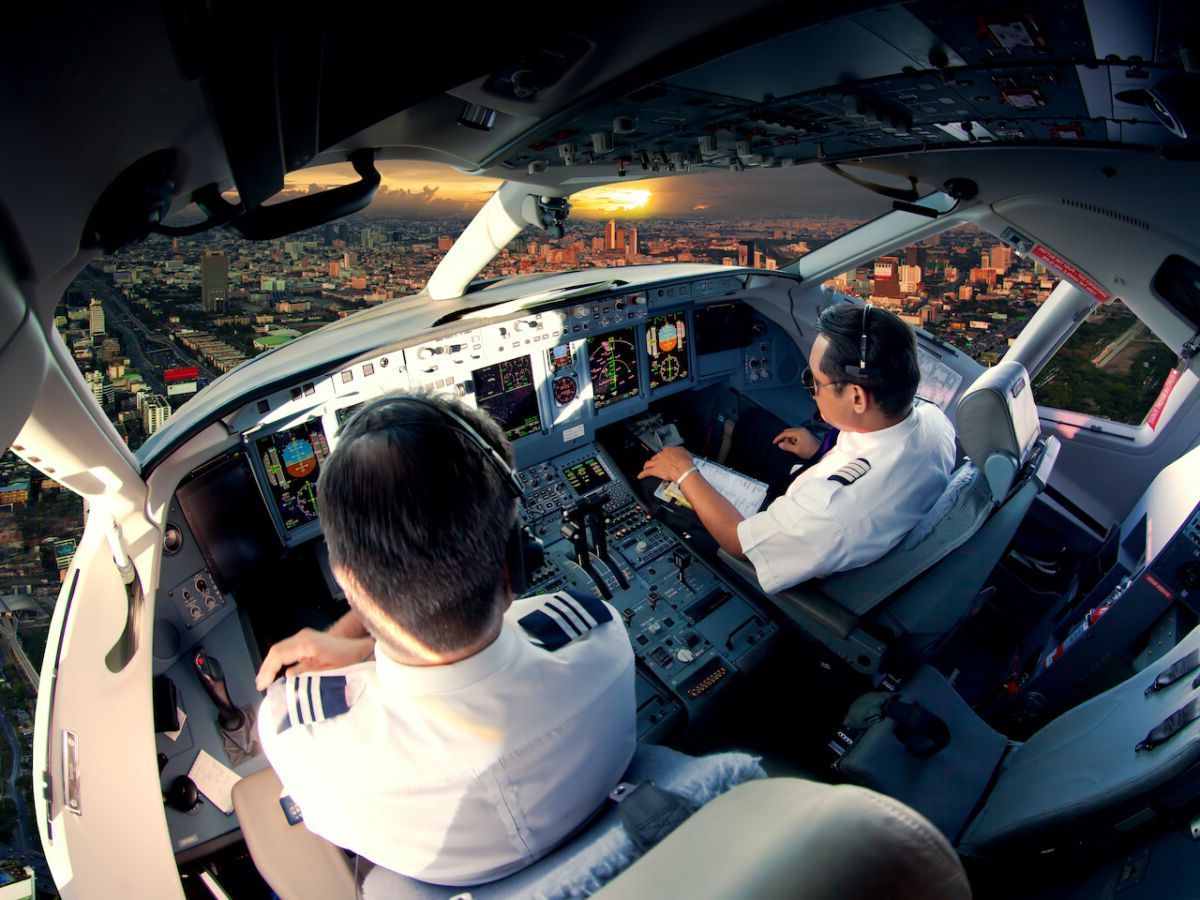
Ever wondered how pilots manage their schedules? Pilot scheduling is a complex puzzle that ensures safety, efficiency, and compliance with regulations. Pilots don't just fly whenever they want; their schedules are meticulously planned. They must adhere to strict rules about flight hours, rest periods, and even the types of flights they can operate. Airlines use sophisticated software to create these schedules, balancing pilot availability with flight demands. Understanding pilot scheduling can give you a new appreciation for the work that goes into every flight. Let's dive into 12 intriguing facts about how pilots' schedules are crafted and maintained.
Key Takeaways:
- Pilot scheduling is a complex process regulated by laws and pilot preferences. It ensures safety and balance between work and personal time, with factors like flight hours and rest periods taken into account.
- Airlines face challenges in pilot scheduling due to shortages, unpredictable events, health issues, and balancing personal preferences with operational needs. Contingency plans are crucial for smooth operations.
How Pilot Scheduling Works
Pilot scheduling is a complex process that ensures flights operate smoothly. It involves balancing regulations, pilot preferences, and operational needs. Here are some fascinating facts about how pilots get their schedules.
-
Regulated by Law: Pilot schedules must comply with strict regulations to ensure safety. The Federal Aviation Administration (FAA) sets limits on flight hours and rest periods.
-
Bid System: Many airlines use a bid system where pilots choose their preferred flights based on seniority. Senior pilots often get the most desirable schedules.
-
Reserve Duty: Pilots on reserve duty must be ready to fly on short notice. They fill in for sick or unavailable pilots, ensuring no flight cancellations.
-
Monthly Schedules: Pilots receive their schedules monthly. This allows them to plan personal time and ensures they meet legal rest requirements.
Factors Influencing Pilot Schedules
Several factors influence how pilot schedules are created. These include operational needs, pilot preferences, and legal requirements.
-
Flight Hours: Pilots can only fly a certain number of hours per month. This ensures they are well-rested and alert during flights.
-
Rest Periods: After a long flight, pilots must have a mandatory rest period. This helps prevent fatigue and ensures safety.
-
Time Zones: Crossing multiple time zones can affect a pilot's schedule. Airlines must consider jet lag and ensure pilots have adequate rest.
-
Weather Conditions: Bad weather can disrupt flight schedules. Pilots may need to adjust their plans to ensure safety.
Challenges in Pilot Scheduling
Creating pilot schedules is not without its challenges. Airlines must balance many factors to ensure smooth operations.
-
Pilot Shortages: A shortage of pilots can make scheduling difficult. Airlines may need to adjust flights or hire more pilots to meet demand.
-
Unpredictable Events: Events like strikes, natural disasters, or technical issues can disrupt schedules. Airlines must have contingency plans in place.
-
Health Issues: Pilots must be in good health to fly. Unexpected health issues can lead to last-minute schedule changes.
-
Personal Preferences: Pilots have personal lives and preferences. Balancing these with operational needs can be challenging for schedulers.
Final Thoughts on Pilot Scheduling
Pilot scheduling is a complex puzzle. Airlines juggle many factors to ensure safety, efficiency, and compliance with regulations. Understanding these elements can give you a new appreciation for the work behind the scenes. From duty hours to rest periods, every detail matters. Pilots need to be well-rested and alert, which is why strict rules govern their schedules. The next time you board a flight, remember the intricate planning that ensures your journey is smooth and safe. This knowledge not only highlights the importance of pilot scheduling but also underscores the dedication of those who make air travel possible. So, next time you see a pilot, you’ll know a bit more about the challenges they face and the precision required to keep everything running like clockwork. Safe travels!
Frequently Asked Questions
Was this page helpful?
Our commitment to delivering trustworthy and engaging content is at the heart of what we do. Each fact on our site is contributed by real users like you, bringing a wealth of diverse insights and information. To ensure the highest standards of accuracy and reliability, our dedicated editors meticulously review each submission. This process guarantees that the facts we share are not only fascinating but also credible. Trust in our commitment to quality and authenticity as you explore and learn with us.


